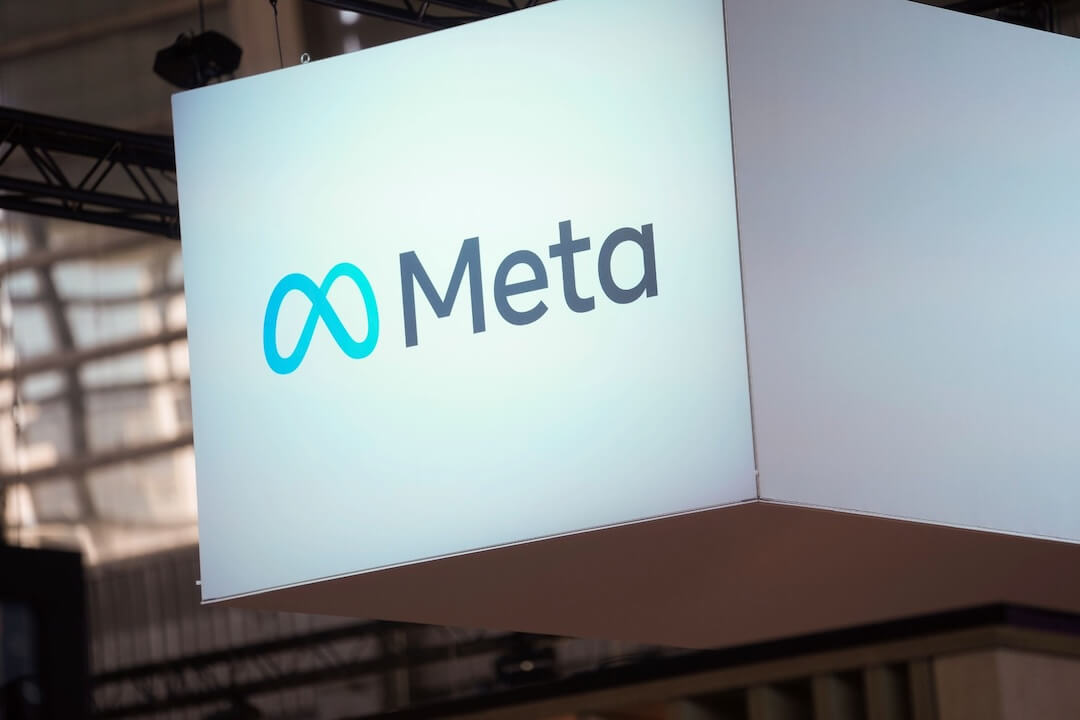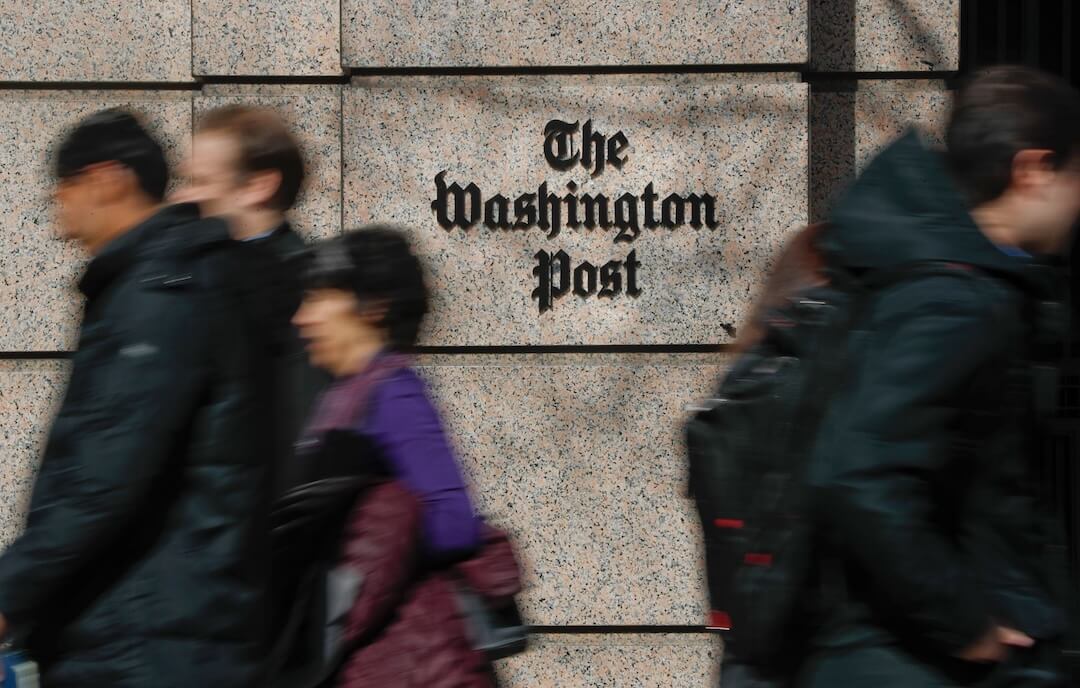Ten years ago on Sept. 11, Paul Steiger was standing in lower Manhattan repeatedly dialing his cell phone to call The Wall Street Journal, where he was managing editor.
But his cell didn’t work. Nor could he use a pay phone — he didn’t have enough change. He vowed to carry a roll of quarters from then on; that only lasted a few years, considering pay phones are all but gone and BlackBerrys and their ilk are more sophisticated than a decade ago.
If a catastrophe the size of 9/11 were to occur today, Steiger would have many more options for reaching the office or loved ones. But he likely would face the same jammed wireless lines that made his cell unusable that day.
The gadgets may be more powerful and plentiful now, but wireless capacity hasn’t grown at the same rate. It’s like today’s hotshot appliances: They do more, but if they were all turned on at the same time in one house, they’d trip the circuit breaker.
More powerful phones, more of them, and more to do with them
What’s happened since 9/11 is a virtual digital revolution, largely reflected in the explosion of cell phones, particularly smart phones. In 2001, Americans had 128.4 million cell phones, about 10 percent of which were so-called smart devices — pocket-sized computers that also happen to make calls.
Today, 303 million Americans have cell phones, 97 percent of the population. About 30 percent of those phones are smart devices; that figure will continue to grow, according to the Public Technology Institute.
In short, we’ve gone from about 12 million “smart” devices to about 91 million in 10 years. These are the devices that offer the most potential in reporting breaking news, and yet they are the ones that demand the most of the wireless infrastructure.
And with those “smart” devices, Americans expect to do a lot more today than was even possible a decade ago. Then, communication tools such as Skype (invented in 2003) Facebook (2004), YouTube (2005), and Twitter (2006) didn’t even exist. There wasn’t anything called “social media.”
The iPhone (2007) wasn’t even in our cultural lexicon.
“The social media revolution was just dawning,” said Lee Rainie, director of the Pew Internet and American Life Project. “Moments after 9/11 some bloggers were talking about their experiences. But blogging was brand new. … People were just beginning to think of the Internet as a platform for expression.”
Crowded out on 9/11
Like Steiger, many journalists working on Sept. 11, 2001 — whether in New York, Washington, D.C., or Pennsylvania — found their mobile phones mostly inoperable largely because the wireless system couldn’t handle everyone tapping into it at the same time. In New York, fallen towers on the World Trade Center made it worse.
The most valuable reporting tool that day was the BlackBerry 957, but it didn’t even have cell phone capability, let alone the ability to take a picture or shoot video and email it to the newsroom. On 9/11, all BlackBerry handhelds used a proprietary network; today, they use the same spectrum as other cell phones.
BlackBerrys helped The Wall Street Journal, which had to evacuate its newsroom near the World Trade Center, publish the next day’s paper.
“We never lost email that day,” recalled Jim Pensiero, the Journal’s deputy managing editor who quarterbacked coverage from a remote office in New Jersey. “It was absolutely an advantage to have BlackBerrys. Not everyone on the staff did then. We only gave them to reporters on hypercompetitive beats. Today they are ubiquitous.”
They are, and so are iPhones and other smartphones. At NPR, reporters today use their iPhones to record, edit and transmit stories from the field, said Charles Mayer, NPR’s director of news operations.
Similar challenges during the earthquake
But these tools aren’t worth much if a reporter can’t get through in a big story. Just ask the Los Angeles Times’ Geraldine Baum. She was in a New York City courtroom when the rape charge against Dominique Strauss-Kahn was thrown out.
“There we reporters were — TV equipment set up, laptops open, and the building literally started to sway,” said Baum about Aug. 23, the day a Magnitude 5.8 earthquake rocked the mid-Atlantic corridor.
Everyone ran out of the building. Baum began interviewing people and pulled out her two cell phones — one a BlackBerry, the other a garden-variety model. One used Verizon; the other T-Mobile.
Neither got through.
Her editor in Los Angeles was emailing her, saying, “Geraldine. Call me!” Unable to do so, she tried to email him.
“I kept hitting send but it wouldn’t go through,” said Baum, who covered 9/11 and just wrote a 10-years later piece about it.
Everyone around her was frustrated, staring at their phones and frantically trying to make them work. Baum ran into an apartment building and begged a doorman to let her use a land line to call the Times’ toll-free number. But she couldn’t get through.
“Here we are 10 years later, two weeks before the 9/11 anniversary, and as a journalist, I think I would have been better shouting than using all my fabulous technology,” she said.
Internet proves resilient in earthquake
Ten years later, another crisis and once again the lines are jammed. But it’s not quite so dismal.
“On 9/11, we learned that mobile phone networks can collapse under heavy traffic,” said Mayer of NPR. “We learned that again after the Aug. 23 earthquake. We also learned after the earthquake that the Internet was resilient even as the mobile network was unusable.”
At NPR, some journalists communicated during the quake with their iPhones over the Internet, using Apple’s FaceTime video-chat app and VOIP.
Pew’s Rainie was in Las Vegas during the earthquake. He tried calling his staff and family in the Washington, D.C., area but couldn’t reach them. He sent a text instead. Texting, it appears, is often the most reliable way to communicate in an emergency because it takes less bandwidth.
Satellite phones are also a boon in times of crisis, especially now that they are smaller and more reliable. But satellite phones are expensive and nowhere near as ubiquitous as iPhones or Androids.
NPR has 18 satellite phones deployed internationally, 10 outside of its Washington headquarters and several more in D.C.
The future looks tight
Bandwidth is the major concern for anyone in an emergency, especially someone covering it. Today, in addition to transmitting basic emails, wireless networks stream video and transfer photos for smart phones, tablets and laptops.
Wireless providers are simply running out of spectrum — the invisible frequency the Federal Communications Commission allocates for carriers to use.
The FCC knows this is a problem and would like to provide wireless carriers and other companies some of the spectrum freed up during TV’s transition from analog to digital, but that has become yet another Washington political fight that’s not likely to be resolved soon.
“Nothing has changed. It’s gotten worse,” said Alan Shark of the Public Technology Institute in Alexandria, Va. “During the earthquake, for at least 20 minutes, most wireless communication was brought to a standstill. This problem was never resolved after 9/11.”
Alicia Shepard, former ombudsman for NPR, is co-author of “Running Toward Danger: Stories Behind the Breaking News of September 11.”






